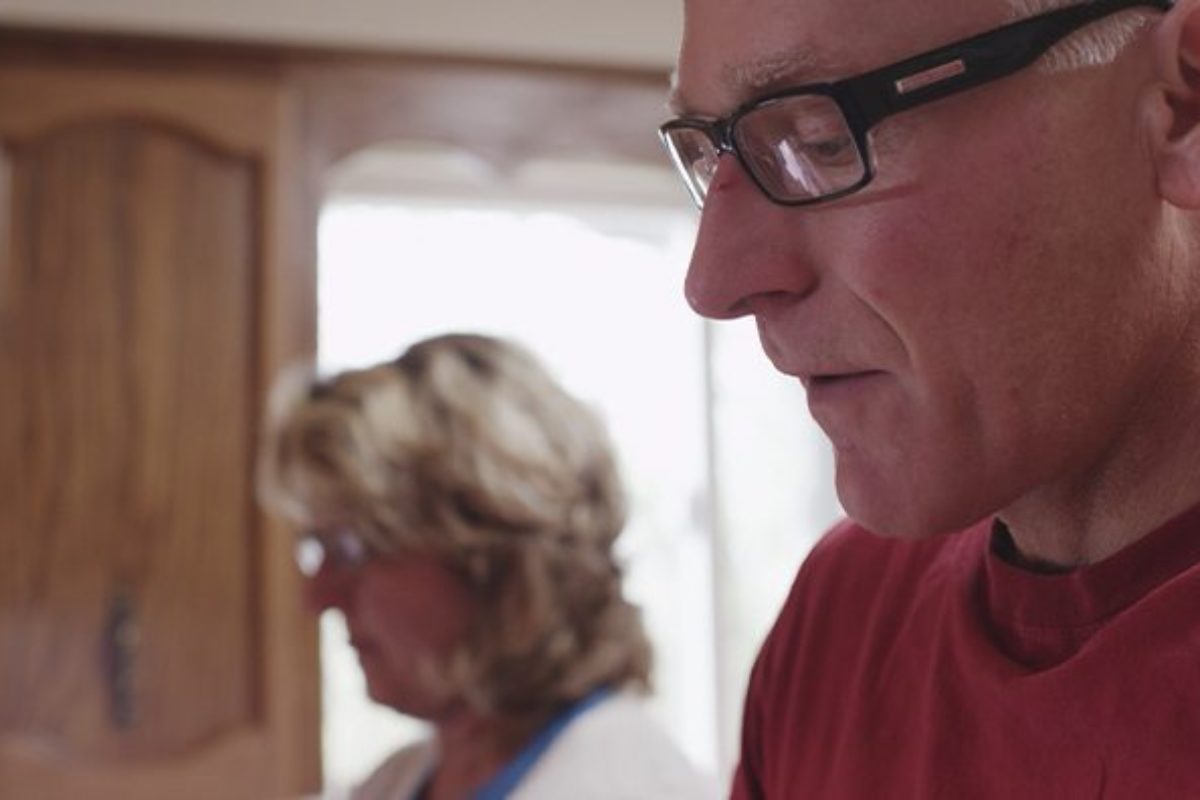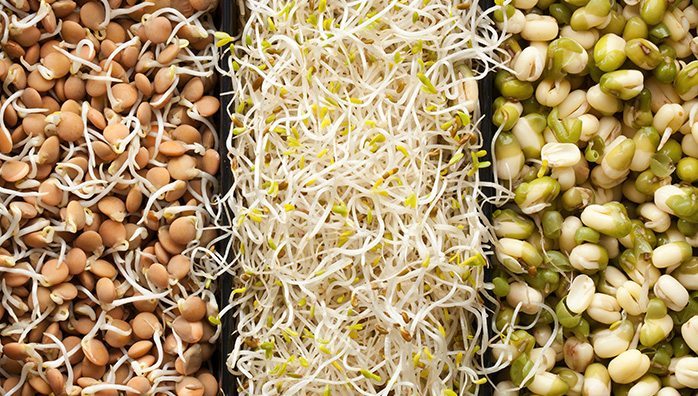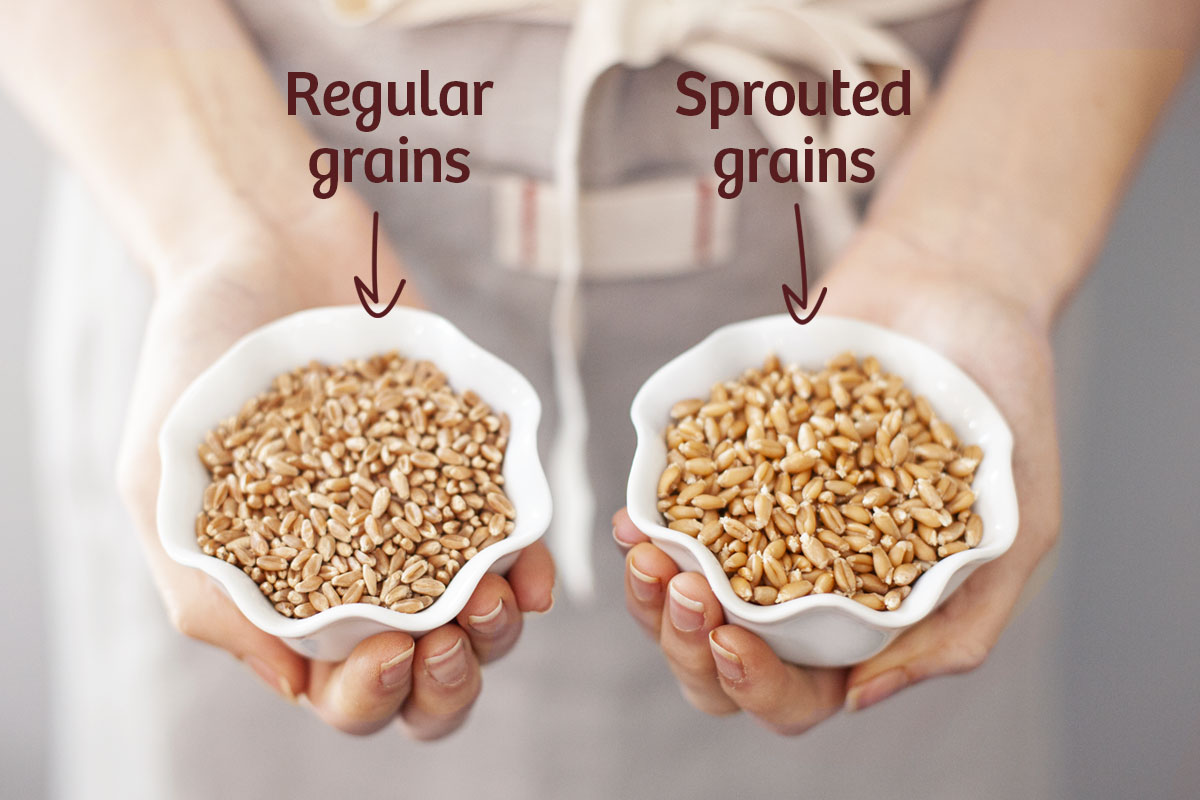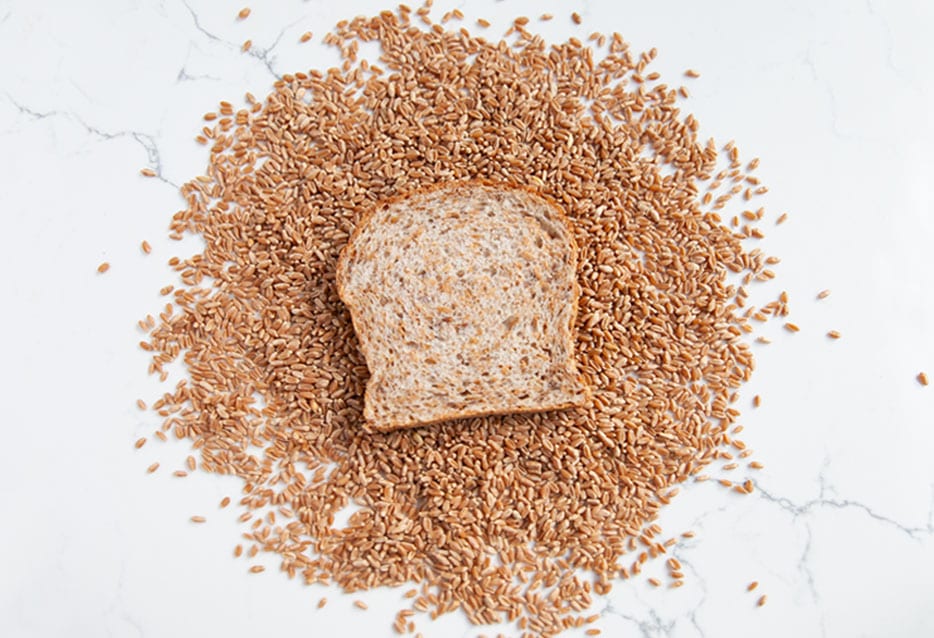Article Making Ancient Grains New Again
Brad Brousson talks about rediscovering the benefits of Ancient Grains.
December 10, 2014

What are Ancient Grains?
Ancient grains, also known as ‘heritage’ and ‘heirloom’ grains, might be new to some people, but they’ve been around for centuries, dating back thousands of years. Unlike modern grains which have undergone hybridization in the hopes of increasing yields, ancient grains have remained unchanged for millennia; they’re as nature designed them.
Studies are revealing ancient grains like emmer, faro, spelt, kamut, amaranth and quinoa have a simpler genetic makeup and water soluble gluten levels that are more easily digestible than those of modern foods. As a result, ancient grains are proving popular for people with wheat sensitivities. Emmer, faro and kamut, were some of the first grains to be cultivated and eaten daily by the Egyptians, but faded from popularity as hybrid versions produced greater yields.
Like any grains when eaten whole, ancient grains are rich in fibre, protein and antioxidants that are different than those found in fruits and vegetables. Equally important is the taste, which is quite distinctive from modern wheat.
Ancient Grains at Silver Hills Sprouted Bakery
“We decided quite a while ago to explore the possibilities of making organic breads from ancient grains,” explains Brad Brousson, founder of Silver Hills Bakery. “Our first challenge was actually finding sources that met our standards. After the GMO scare in Oregon in 2013, we began testing all the wheat that came into our bakery to ensure in was non-GMO. It’s a challenge to find someone willing to cultivate an ancient grain.
We found a farm in Southern Alberta that produced Red Fife, a medieval wheat from England and one of the first grains that ever came to Canada in 1842. Several farms in the prairies are painstakingly rebuilding the supplies of this wheat, which is a great gift to the food industry. We went out to Alberta and met with this farmer and were so pleased with his quality we purchased his entire crop! It forms the base for our new bread called Big Red’s Bread. You’ll find it has a very nice taste and comes with 21 ancient grains and seeds. It’s delightful and tastes just great.
We’ve sourced all kinds of ancient grains and seeds for to create these wholesome breads, including brown flax, sunflower seeds, millet, purple corn, emmer, spelt, golden flax, hemp seeds, amaranth, quinoa, chia seeds and many more.
Our other new bread we’re really excited about is The Queen’s Khorasan. Khorasan is an ancient grain that actually it come to us from out of the pyramids in Egypt. You might know it as kamut, which is now a branded name, but khorasan is where this grain came from. It gives the bread a sweet, nutty taste and excellent texture that I think you’ll enjoy.
We’re proud to be one of the first bakeries to offer sprouted, organic ancient grain breads, and I hope you’ll give them a try.”
Watch:
Brad Brousson explains what ancient grains are and how they’re being used to make delicious new bread.


